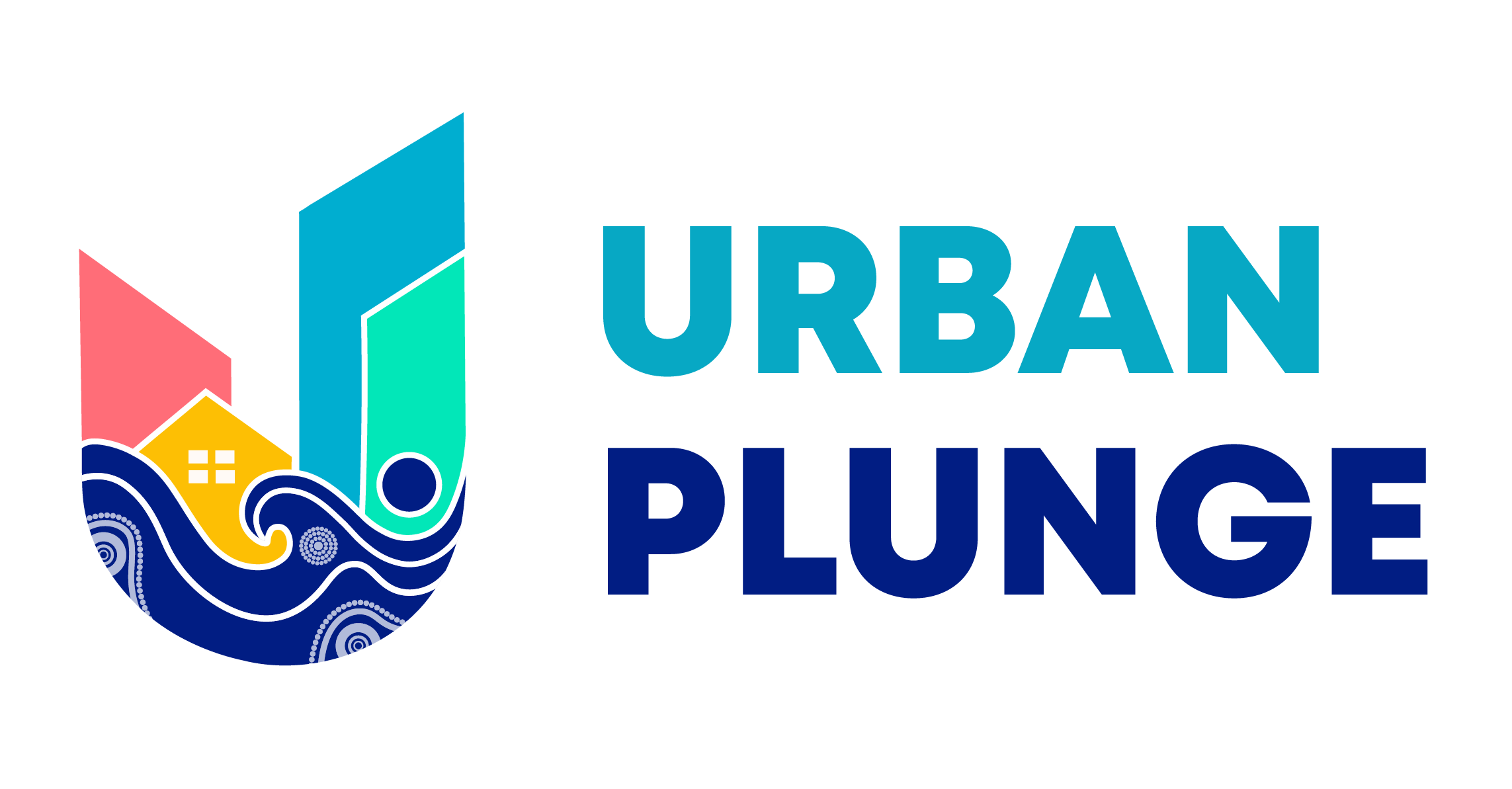Learn more
How we identify swimmable sites
Each potential natural site has a unique set of characteristics, and we consider them all during the activation process. Some are perfect for swimming, while some might suit other water-based recreation, like kayaking. Some might require treated river pools or tow-in pools.
How we choose swim spots
Long before we open any proposed site for water-based recreation to the community, we need to be sure it’s suitable. It goes through a rigorous selection process. We hold stakeholder workshops and carry out short studies to understand feasibility, desirability, vulnerability and cultural significance.
Does the site have the makings of an Urban Plunge site?
Urban Plunge criteria identify situations where activation of the waterway may be difficult or even impossible. If it turns out the site’s not suitable for swimming, maybe it can be used for other activities like kayaking or ‘splash contact’. We might think of other ways to make swimming possible, like creating a treated river pool. We consider things like boat traffic, water quality, land ownership, accessibility, and any ecological restrictions such as endangered species or vulnerable communities.
What does the community think?
Even if a site is feasible for activation, we need to understand how the community perceives it and how it would like to see the site used, and what the current barriers to swimming here are. Often a site’s desirability can be improved through providing infrastructure or other site improvements.
What are the risks?
Our vulnerability criteria assess the relative risks from a safety and community acceptance point of view. The higher a site’s vulnerability, the greater the management measures required to mitigate its risks. Considerations include susceptibility to algal blooms, water flow dynamics, flood susceptibility and riverbed hazards.
What are the cultural considerations?
It’s important to understand and respect the site’s spiritual connection to First Nations peoples, as well as its historical and contemporary significance. We do a specific cultural and multicultural needs assessment, and targeted engagement with local communities.
How RiverWatch verifies water quality
RiverWatch is Sydney Water’s recreational monitoring and reporting program. It works with councils and other organisations to establish new swim sites and monitor existing sites.
Before any swim spot can be opened, Sydney Water makes every effort to ensure:
- that water quality at the site meets requirements for swimming or other water-based recreational activities, according to the NSW water quality objectives
- physical hazards have been addressed with things like shark netting and signage
- there are no toxic bacteria present and that algae outbreaks won’t be a nuisance
- we’ve identified possible hazardous organisms and dealt with them
- there are no dangerous levels of chemicals in the water and sediment
The RiverWatch microbial monitoring program follows the National Health and Medical Research Council’s Guidelines for managing risks in recreational water and the NSW Water Quality Objectives. It’s aligned with similar recreational water quality monitoring programs such as Beachwatch to maintain a consistent approach across Sydney.
How you’ll know when water quality changes
Water quality at any natural swim spot can vary depending on weather, tides and other factors. When you check out your local swim spot, you’ll see today’s water quality readings. We update the predicted water quality at each swim spot every day. Daily swim spot reports come from various reliable sources:
- our RiverWatch predictive model developed in conjunction with the predictive modelling expertise of UNSW
- NSW Beachwatch
- specially installed water quality monitoring devices at some swim spots.
Note, the output of the RiverWatch predictive model is a prediction of water quality only and is not 100% accurate. As such, Sydney Water cannot guarantee the accuracy of any of the results or outputs from this model.
While we endeavour to keep the information up to date and correct, we make no representations or warranties of any kind, express or implied, about the completeness, accuracy, reliability, suitability or availability with respect to the information, contained on the website for any purpose. Any reliance you place on such information is strictly at your own risk and you release us from any claim alleging that the results are inaccurate or that they are not fit for their purpose.
Fact sheets and other resources
RiverWatch swim site activation
RiverWatch water quality monitoring
RiverWatch chemical assessment program
What causes pollution in the catchment in dry weather
What causes pollution in the catchment in wet weather
Urban swimming international and national case studies


